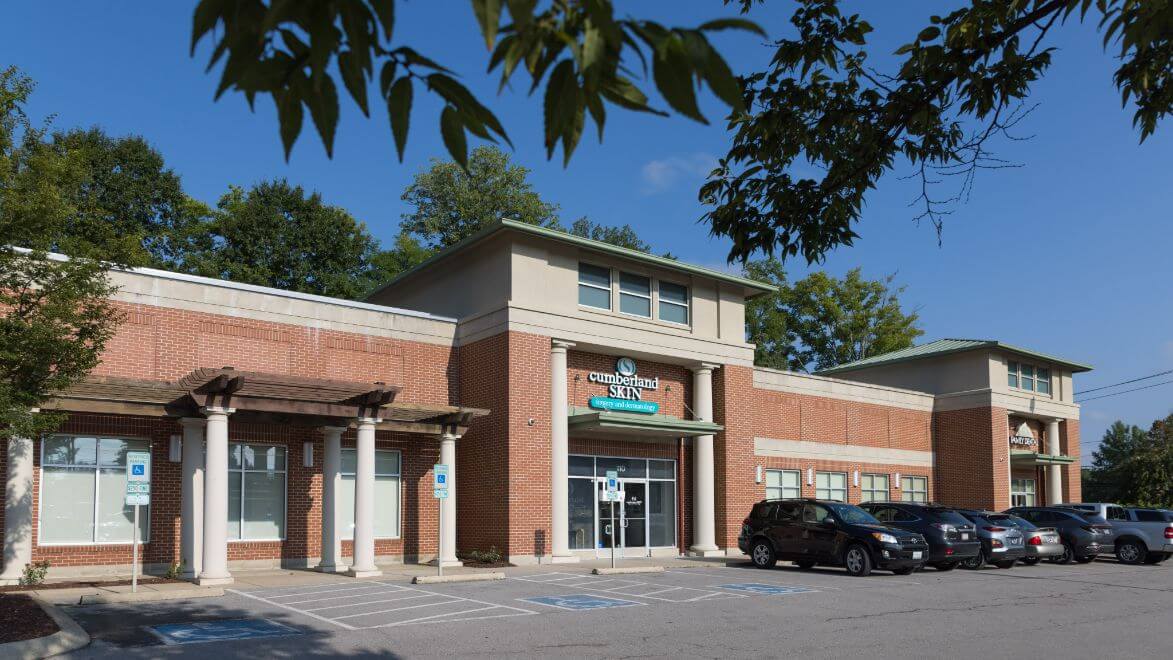Athlete's Foot
Seeking professional medical advice for athlete's foot is essential for an accurate diagnosis and appropriate treatment. The dermatologists at Cumberland Skin can provide personalized care to address your specific concerns.
Examples of Athlete's foot
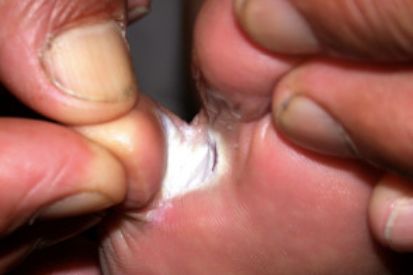


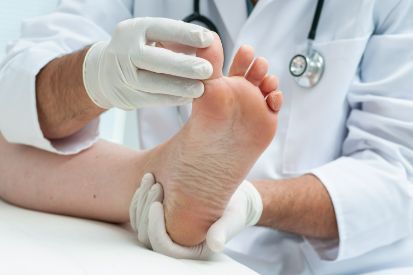
Symptoms of Athlete's Foot
- Itching, stinging, and burning sensations, particularly between the toes and on the soles of the feet.
- Blisters on the feet, contributing to heightened discomfort and a potential source of infection.
- Cracking and peeling of skin.
- Infected nails may exhibit discoloration, often appearing thickened and crumbly.
- As the infection progresses, individuals may also experience a foul odor emanating from the affected feet.
Causes of Athlete's Foot
- Athlete's Foot is primarily caused by fungal infections.
- These fungi thrive in warm, damp environments like locker rooms, communal showers, and swimming pool areas.
- Highly contagious and spreads through direct contact with contaminated surfaces or by coming into contact with the skin of an infected person.
- Tight-fitting, non-breathable footwear, and damp socks create an ideal environment for fungal growth.
- Compromised immune systems, excessive sweating, and minor skin injuries increase susceptibility to the infection.
- Walking barefoot in public spaces where the fungus is present.
- Anyone, regardless of activity level, can be affected.
How to Prevent Athlete's Foot
- Wash feet daily with soap and water, ensuring thorough drying, especially between toes.
- Use moisture-wicking socks made of breathable materials like cotton; change them regularly, especially if damp.
- Choose well-ventilated shoes to allow feet to breathe and reduce fungal growth.
- Avoid walking barefoot in public areas, especially in places like locker rooms, communal showers, and swimming pool decks.
- Consider wearing flip-flops or shower shoes in public facilities to protect against direct contact with contaminated surfaces.
- Rotate shoes to allow for adequate air circulation and consider using antifungal powder or spray inside footwear.
- Refrain from sharing personal items like socks, shoes, and towels to prevent the spread of infection.
- Keep toenails trimmed and clean to reduce spaces for fungal growth.
- Use moisture-wicking insoles or antiperspirant powders if prone to excessive sweating.
- Regularly inspect feet for redness, itching, or unusual changes; seek prompt medical attention if Athlete's Foot is suspected.
Athlete's Foot FAQs
A dermatologist can diagnose athlete's foot based on a visual examination of the affected area. In some cases, the dermatologist may perform a skin scraping to examine under a microscope or send a sample for a fungal culture to confirm the presence of the fungus. Proper diagnosis is crucial for effective treatment.
Yes, athlete's foot can spread to other areas of the body if proper precautions are not taken. The fungi that cause athlete's foot can thrive in warm, moist environments. If an individual with athlete's foot touches the affected area and then touches another part of the body, such as the groin or hands, the infection can spread. It's important to wash hands thoroughly after touching the infected area and to avoid scratching, which can further spread the fungus.
Yes, athlete's foot can recur, especially if preventive measures are not taken or if the environment that initially caused the infection is not addressed. To minimize the risk of recurrence, it's essential to complete the full course of prescribed antifungal treatment, practice good foot hygiene, keep feet dry, and avoid exposure to environments where the fungus may thrive, such as public swimming pools or communal showers.
Yes, seeking dermatological care for athlete's foot is advisable, especially if over-the-counter treatments haven't been effective or if the condition is severe or recurring. A dermatologist specializes in skin conditions and can provide a more accurate diagnosis and prescribe appropriate medications or treatments tailored to your specific situation.
A dermatologist can offer guidance on preventing future occurrences of athlete's foot and managing the condition effectively. Seeking professional care can help ensure proper treatment and faster recovery.
How to Treat Athlete's Foot
In some cases, Athlete’s Foot can be treated with over-the-counter antifungal creams, ointments, or sprays containing active ingredients like terbinafine, clotrimazole, or miconazole that can be applied to the affected area.
However, it is recommended you consult a dermatologist. They can create a thorough evaluation and personalized treatment plan that may include prescribing stronger topical or oral antifungal medications to combat the infection more effectively. It is best to avoid irritants and keep your feet dry to limit the spread of infection.
By combining these measures, individuals can effectively manage and eliminate Athlete's Foot while minimizing the risk of recurrence.
Related Blog Posts
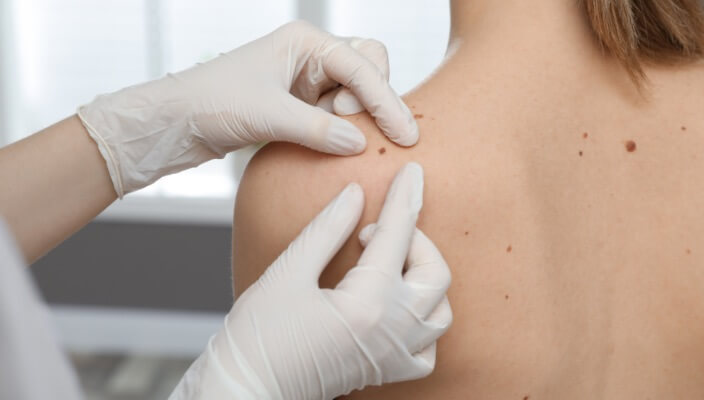
- General Dermatology
- Skin Exams
Preparing for your first dermatology appointment is important because it ensures everything goes as smoothly as possible and that your doctor is up-to-date on the status of your overall health and wellbeing. Here are our expert tips.
Read More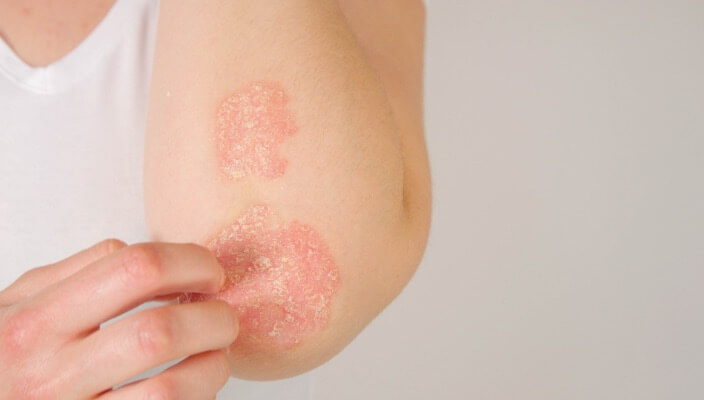
- General Dermatology
- Chronic Skin Conditions
Learn the differences between dry skin, eczema, and psoriasis, their distinct characteristics, and potential triggers. Gain valuable insights into identifying symptoms and seeking appropriate treatment to effectively managing these common skin conditions.
Read More
- Skin Care
- Cosmetic Treatments
Unlock the secrets to achieving radiant, glowing skin. Explore expert tips and skincare routines tailored to nourish and revitalize your complexion, empowering you to embrace a luminous and youthful appearance.
Read MoreFeatured Products
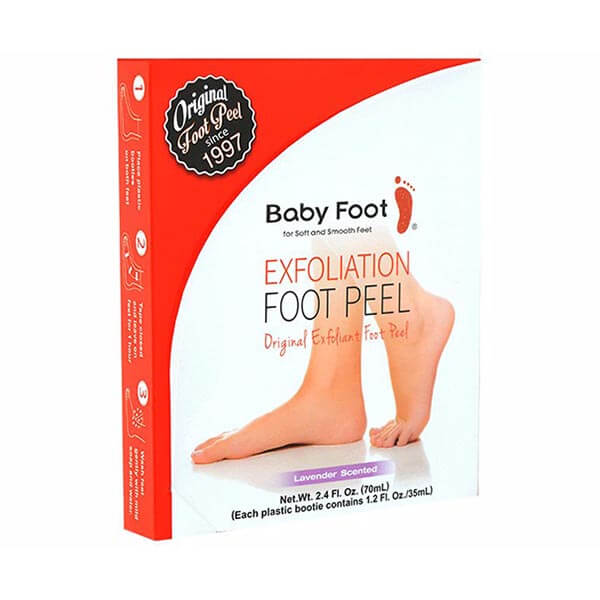
Baby Foot Exfoliation Peel
Baby Foot is an innovative foot care product that will smooth rough, dry, cracked soles. Our scientifically formulated product contains 16 types of natural extracts that exfoliate and moisturize at the same time. The principal ingredient is fruit acid, which is very gentle when compared with other acids. 2.4 fl oz / 70 mL

Epionce Purifying Wash
Refreshing face and body cleansing gel formulated for daily use. Gentle formula contains salicylic acid to effectively treat acne blemishes; penetrates pores to control acne blemishes and help prevent new acne blemishes from forming.


